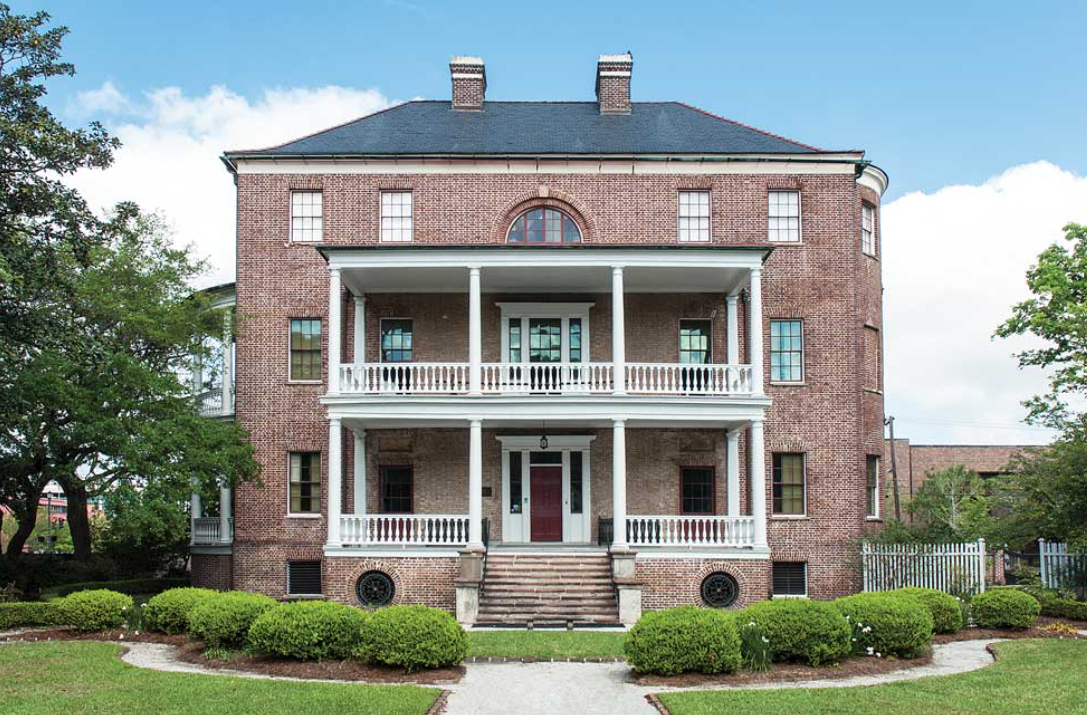One of Charleston's most exquisite antebellum structures, the Joseph Manigault House -- known as Charleston's Huguenot House --- built in 1803, reflects the urban lifestyle of a wealthy, rice-planting family and the enslaved African Americans who lived there.
Descending from French Huguenots who fled religious persecution in Europe in the late 1600s, the Manigaults prospered as rice planters and merchants during the 18th century and became one of South Carolina’s leading families. Joseph Manigault inherited several rice plantations and over two hundred slaves from his grandfather in 1788, and also married well. Arthur Middleton, father of his first wife, Maria Henrietta Middleton, was a signer of the Declaration of Independence. Following Henrietta’s death, he married Charlotte Drayton, with whom he had eight children. The Charleston Museum purchased the house in 1933, and has preserved and interpreted it ever since.
A striking spiral staircase accents the impressive central hall, and many of the rooms are restored to their original color schemes. All feature historic pieces from the Museum's collections including a selection of American, English and French furniture dating to the early 19th century. Outside, a classical Gate Temple overlooks a period garden, and the locations of adjacent historical outbuildings (e.g., kitchen and slave quarters, stable, and privy) are marked with interpretive signs.
Credit: Overview from museum website
